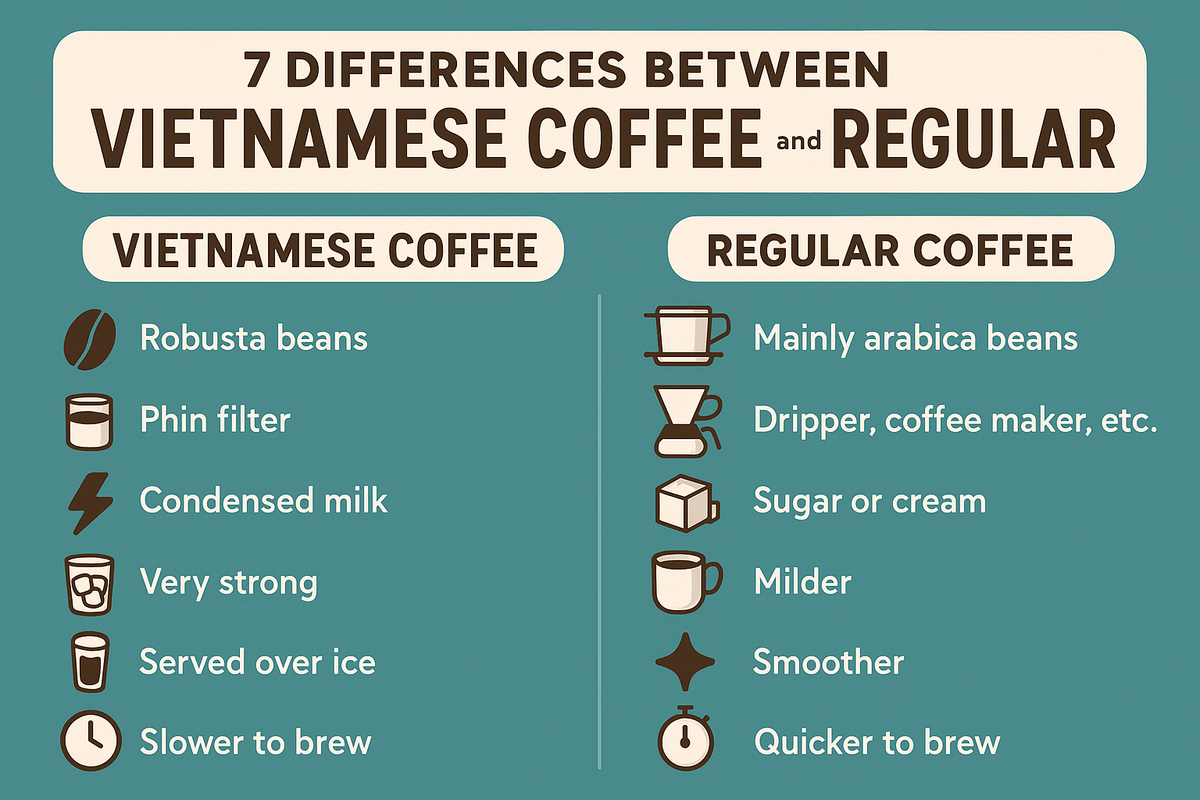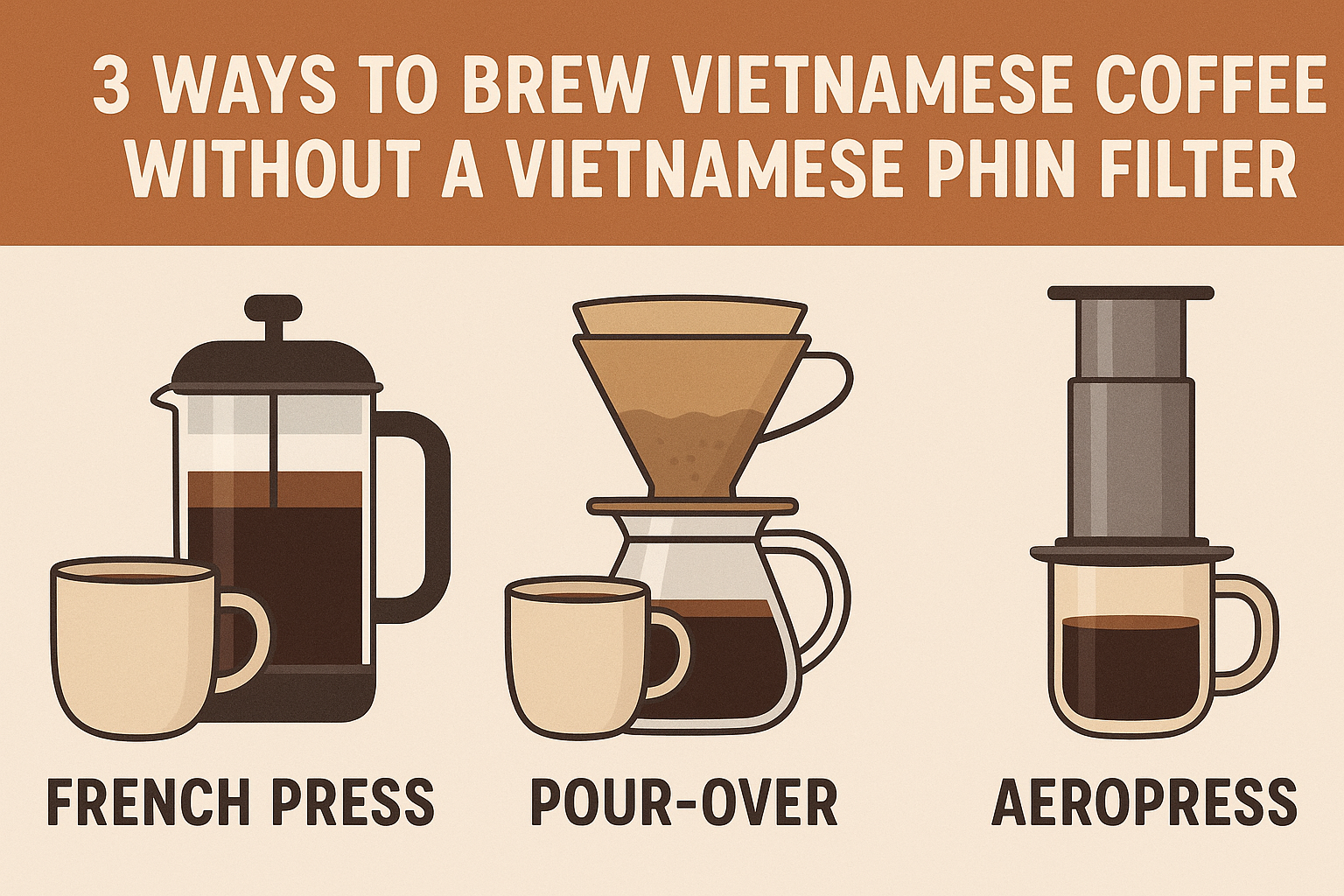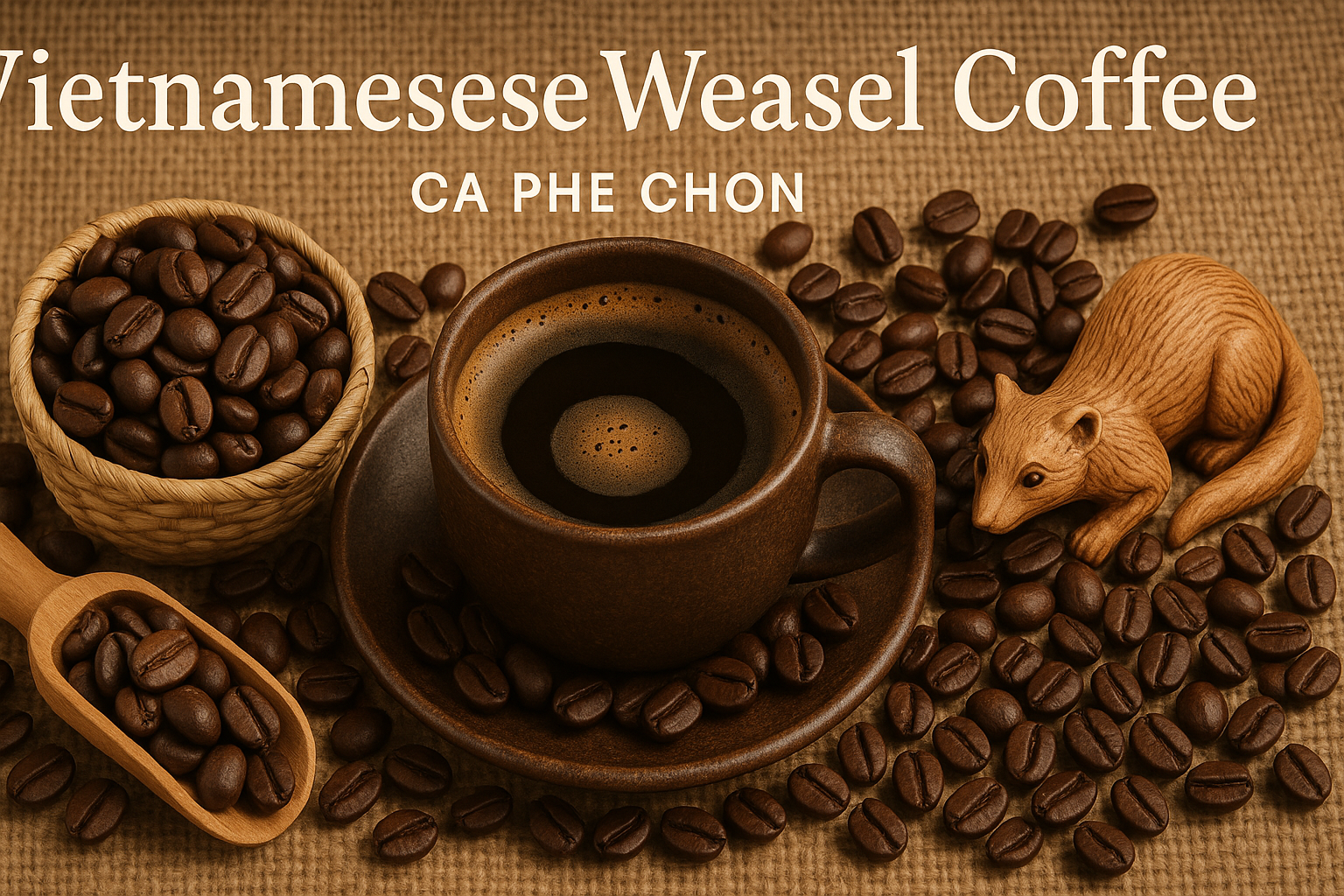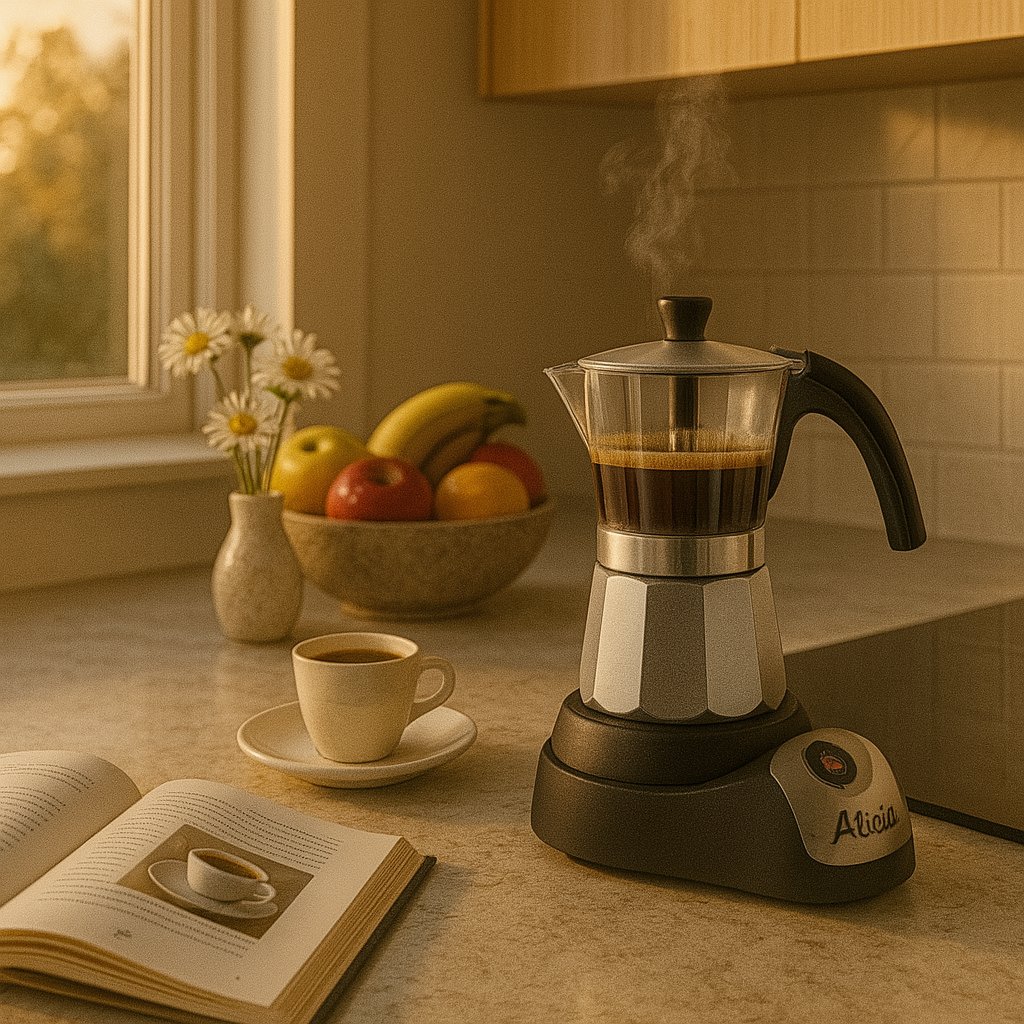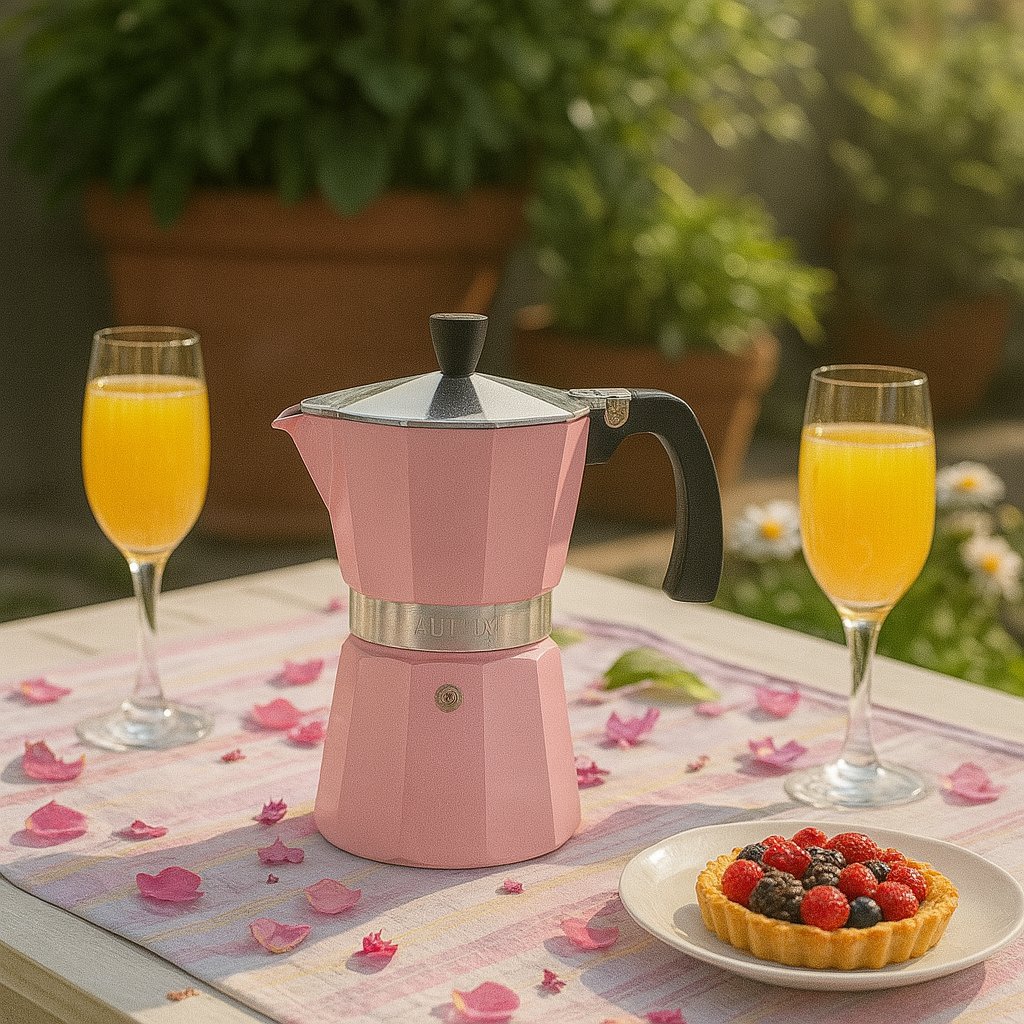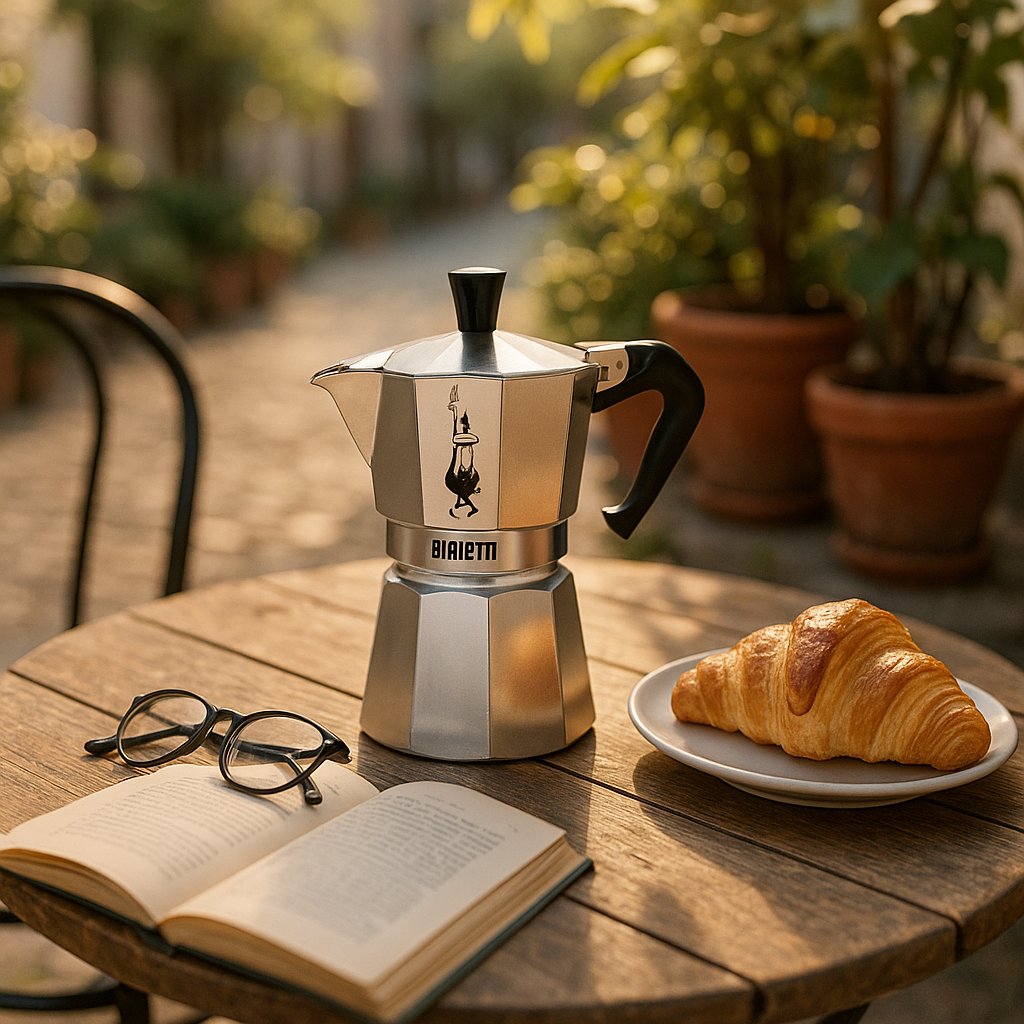
How to Make Vietnamese White Coffee (Bac Xiu)
Master the art of making authentic Vietnamese white coffee (bạc xỉu) with this comprehensive recipe guide. From traditional methods to modern variations.
Marco Romano
Global Coffee Expert & Vietnamese Coffee Specialist
From Italian espresso bars to Vietnamese street cafés
The first time I tasted bac xiu was at a bustling street café in Ho Chi Minh City's District 1. The barista, a elderly woman named Bà Linh, smiled as she placed the tall glass before me. "This is not just white coffee," she said in accented English, "this is comfort in a cup." The pale, milky drink looked deceptively simple, but that first sip revealed layers of complexity I hadn't expected.
Having spent years perfecting espresso-based drinks in Rome and exploring third-wave coffee culture across Seattle's neighborhoods, I was initially skeptical of Vietnamese bac xiu coffee. How wrong I was. This beloved Vietnamese beverage taught me that coffee excellence isn't always about highlighting bean origin or brewing precision – sometimes it's about creating perfect harmony between opposing forces.
Bạc xỉu (literally meaning "white silver" in Vietnamese) is essentially the inverse of traditional Vietnamese coffee. While regular Vietnamese coffee uses a small amount of condensed milk with strong coffee, bac xiu flips this ratio – creating a creamy, sweet drink that's more milk than coffee, yet somehow maintains a distinctive coffee character that's utterly addictive.
What is Vietnamese White Coffee (Bac Xiu)?
Bac xiu is Vietnam's answer to a coffee-flavored milk drink, but calling it simply that would be a disservice to its cultural significance and refined preparation. Unlike Western coffee drinks that aim for balance, bac xiu deliberately emphasizes sweetness and creaminess while maintaining just enough coffee strength to remind you what you're drinking.
The Philosophy Behind Bac Xiu
In Vietnamese coffee culture, bac xiu serves a specific purpose: it's the drink of choice for those who want to participate in café culture without the intensity of traditional Vietnamese coffee. It's social, approachable, and designed to be sipped slowly while engaging in conversation.
Traditional vs. Modern Bac Xiu
Traditional Style
- Coffee Base: Dark-roasted robusta beans
- Milk: Sweetened condensed milk only
- Ratio: 30% coffee, 70% condensed milk
- Brewing: Phin filter only
- Serving: Always over ice
Modern Variations
- Coffee Base: Robusta or arabica blends
- Milk: Condensed milk + fresh milk
- Ratio: Customizable to taste
- Brewing: Phin, espresso, or French press
- Serving: Hot or iced options
Regional Variations
During my travels through Vietnam, I discovered that bac xiu recipe varies significantly by region. Northern Vietnam tends to use less condensed milk and sometimes incorporates fresh milk, while southern regions embrace the ultra-sweet traditional approach. Central Vietnam often adds a touch of salt to enhance the sweetness – a technique I initially dismissed but have come to appreciate.
Essential Ingredients for Perfect Bac Xiu
The beauty of bac xiu lies in its simplicity, but each ingredient plays a crucial role in achieving the perfect balance. After testing dozens of combinations across Vietnam's cafés and in my own kitchen, I've identified the key components that make or break a great Vietnamese white coffee.
Traditional Bac Xiu Ingredients
For 1 Serving:
- Vietnamese Coffee: 2-3 tablespoons (15-20g) coarse ground robusta beans
- Hot Water: 80-100ml (about 1/3 cup)
- Sweetened Condensed Milk: 80-120ml (1/3 to 1/2 cup)
- Ice: 1 cup crushed or cubed ice
- Optional: 2-3 tablespoons fresh whole milk
Choosing the Right Coffee
The coffee choice dramatically impacts your bac xiu coffee experience. Traditional Vietnamese cafés use dark-roasted robusta beans, often with a slight butter or oil finish that adds body and reduces bitterness. The higher caffeine content of robusta also means the coffee flavor doesn't disappear under all that condensed milk.
Marco's Coffee Recommendations
- Best Choice: Vietnamese robusta blend (like Trung Nguyen or Café du Monde)
- Alternative: Dark-roasted Colombian or Brazilian blend
- Grind: Coarse, similar to French press
- Roast Level: Full City to French roast
The Condensed Milk Factor
Not all condensed milk is created equal for Vietnamese white coffee. During my research, I discovered that Vietnamese brands like Ông Thọ (Longevity) have a different consistency and sweetness level compared to Western brands. The ideal condensed milk for bac xiu should be thick enough to create layers but not so sweet that it overwhelms the coffee.
Best Choice
Vietnamese brands (Ông Thọ, Vinamilk)
Good Alternative
Nestlé, Eagle Brand
Avoid
Low-fat or sugar-free versions
Essential Equipment for Making Bac Xiu
While bac xiu can be made with basic kitchen equipment, having the right tools elevates the experience and ensures consistent results. Here's what I recommend after testing various setups in both professional Vietnamese cafés and home kitchens.
Traditional Method Equipment
Vietnamese Phin Filter
The authentic way to brew coffee for bac xiu. A stainless steel phin (around 6-8oz capacity) works best for single servings.
Marco's Tip: Look for phins with fine holes rather than mesh screens for better extraction control.
Tall Glass (200-250ml)
Clear glass is essential to showcase the beautiful layering effect of bac xiu. Avoid thick-walled glasses that insulate too much.
Serving Note: The glass should be tall enough to accommodate ice and layering.
Long Spoon for Stirring
A long-handled spoon (at least 8 inches) for gentle stirring and layering adjustments.
Material: Stainless steel preferred for hygiene and durability.
Alternative Brewing Methods
If you don't have a phin filter, don't worry! I've successfully made excellent bac xiu recipe variations using several alternative methods. The key is achieving the right concentration and flavor profile.
Moka Pot Method
Use a 3-cup moka pot with medium-dark roast coffee. Dilute the resulting brew 1:1 with hot water to match phin filter strength.
Pros: Consistent results, familiar to Italian coffee drinkers
French Press Method
Use a 1:10 coffee-to-water ratio with 4-minute steeping time. The fuller body works well with condensed milk.
Pros: Easy to control strength, readily available equipment
Pour Over Method
Use a slower pour technique with medium-coarse grind to extend extraction time and build body.
Pros: Clean flavor, easy to adjust concentration
Espresso Method
Pull a double shot and dilute with hot water to achieve the right strength. Adjust ratio to taste.
Pros: Quick preparation, consistent extraction
Step-by-Step Bac Xiu Recipe
This is the traditional method I learned from Bà Linh in Ho Chi Minh City, refined through countless experiments and tastings. The technique emphasizes patience and layering – two hallmarks of Vietnamese coffee culture.
Classic Vietnamese White Coffee (Bac Xiu)
Prep Time: 2 minutes
Brew Time: 5-7 minutes
Total Time: 10 minutes
Serves: 1
Difficulty: Easy
Equipment: Phin filter
Temperature: Iced
Detailed Instructions
Prepare Your Glass
Pour 80-120ml of sweetened condensed milk into a tall glass (adjust amount based on your sweetness preference). Add ice cubes, leaving about 2 inches of space at the top.
Marco's Tip: Use room temperature condensed milk for better layering effects. Cold condensed milk can create a too-thick consistency.
Set Up the Phin Filter
Place the phin filter on a separate cup (not your final serving glass). Add 2-3 tablespoons of coarse-ground Vietnamese coffee. Gently shake to level the grounds, then place the filter press on top.
Important: Don't press the filter too tightly – this will slow the drip rate and over-extract the coffee.
First Pour (Blooming)
Pour a small amount of hot water (195-200°F) just to wet the grounds. Wait 30 seconds for the coffee to bloom. This initial blooming releases CO2 and ensures even extraction.
Watch for: The coffee should puff up slightly and you'll see bubbles forming. This indicates fresh coffee.
Main Extraction
Slowly pour the remaining hot water (80-100ml total) over the grounds. The drip should be steady but slow – about 1 drop per second. The entire brewing process should take 5-7 minutes.
Troubleshooting: If dripping is too fast, the grind is too coarse. If too slow, the grind is too fine or the filter is over-compressed.
Create the Layers
Once brewing is complete, carefully pour the hot coffee over the back of a spoon onto the condensed milk and ice. This technique creates beautiful layers without immediately mixing.
Presentation: The layered effect is part of bac xiu's visual appeal. Let your guest stir it themselves for the full experience.
Final Touches and Serving
Optionally, add 2-3 tablespoons of fresh milk for extra creaminess. Serve immediately with a long spoon. Encourage stirring from bottom to top to blend all layers evenly.
Cultural Note: In Vietnam, bac xiu is meant to be enjoyed slowly. It's a social drink, perfect for long conversations.
Perfect Ratio Guide
Mild Bac Xiu
25% Coffee, 75% Milk
Perfect for coffee beginners
Traditional Bac Xiu
30% Coffee, 70% Milk
Authentic Vietnamese style
Strong Bac Xiu
35% Coffee, 65% Milk
For coffee enthusiasts
Variations and Pro Tips
During my months exploring Vietnamese café culture, I encountered numerous creative bac xiu variations. Some purists might frown upon these adaptations, but I believe coffee culture evolves through experimentation and personal taste preferences.
Regional and Seasonal Variations
Bac Xiu Nóng (Hot White Coffee)
Popular in northern Vietnam during cooler months. Use the same ratio but skip the ice and serve in a preheated cup. The hot version has a more intense flavor profile since the coffee doesn't get diluted by melting ice.
Serving Tip: Preheat both the cup and condensed milk to room temperature for optimal blending.
Bac Xiu Dừa (Coconut White Coffee)
A tropical twist I discovered in coastal Da Nang. Replace half the condensed milk with coconut cream for a richer, more exotic flavor. The coconut adds natural sweetness and a subtle tropical aroma.
Ingredient Note: Use full-fat coconut cream, not coconut milk, for proper consistency.
Bac Xiu Đậu Xanh (Mung Bean White Coffee)
An innovative variation using sweetened mung bean paste instead of condensed milk. This creates an earthier, less sweet profile that's surprisingly refreshing. Popular among health-conscious Vietnamese coffee lovers.
Preparation: Blend 3 tablespoons cooked mung beans with 2 tablespoons simple syrup and 50ml water.
Modern Café Innovations
Contemporary Vietnamese cafés have introduced several modern twists on traditional white coffee that maintain the drink's essence while appealing to evolving tastes. These innovations often incorporate international influences while respecting the core Vietnamese coffee philosophy.
Bac Xiu Latte
Uses espresso instead of phin-filtered coffee and adds steamed milk foam on top. The result is a drink that bridges Vietnamese and Western coffee cultures.
Ratio: 1 double shot espresso + 60ml condensed milk + 120ml steamed milk
Bac Xiu Phin Tonics
A refreshing summer variation that adds tonic water for effervescence. The slight bitterness of tonic balances the sweetness perfectly.
Method: Traditional bac xiu + 50ml premium tonic water + lime twist
Salted Caramel Bac Xiu
Incorporates a tiny pinch of sea salt and caramel syrup. The salt enhances both coffee and sweet flavors while adding complexity.
Addition: 1/8 teaspoon sea salt + 1 tablespoon caramel syrup
Matcha Bac Xiu Fusion
A creative East-meets-Southeast-Asia fusion replacing coffee with matcha. Popular among younger Vietnamese consumers.
Substitution: 2g ceremonial grade matcha whisked with 80ml hot water
Professional Tips for Perfect Results
Marco's Master Tips
- Temperature Control: Let your coffee cool for 1-2 minutes before pouring over ice to prevent rapid dilution
- Ice Quality: Use filtered water for ice cubes – impurities in tap water can affect taste
- Condensed Milk Temperature: Store condensed milk at room temperature for 30 minutes before use for better mixing
- Layering Technique: Pour coffee very slowly over the back of a spoon for distinct layers
- Timing: Serve immediately after preparation – don't let it sit as the ice will dilute the flavor
- Stirring Wisdom: Stir from bottom to top in slow, deliberate motions for even distribution
Troubleshooting Common Issues
Problem: Too Sweet
Reduce condensed milk by 25% or add fresh milk to balance. Consider using a stronger coffee ratio.
Problem: Weak Coffee Flavor
Use more coffee grounds or extend brewing time. Check if your coffee is fresh – stale coffee lacks intensity.
Problem: Poor Layering
Coffee might be too hot or pouring too fast. Cool coffee slightly and use the spoon technique for slower pouring.
Cultural Significance and Social Aspects
Understanding bac xiu means understanding its place in Vietnamese social fabric. This isn't just a beverage – it's a social lubricant, a conversation starter, and a bridge between generations. During my months observing Vietnamese café culture, I learned that the drink you order often reflects your personality and social intentions.
The Social Hierarchy of Vietnamese Coffee
In Vietnamese coffee culture, bạc xỉu occupies a unique position. While traditional black Vietnamese coffee (café đen) signals sophistication and coffee knowledge, and café sữa đá shows appreciation for balanced flavors, bac xiu represents approachability and inclusivity. It's the drink that welcomes everyone to the table.
Generational Bridge
I observed that bac xiu often serves as a gateway drink for younger Vietnamese people entering coffee culture. Grandparents order it for their grandchildren, creating shared experiences that might not happen with stronger coffee varieties. It's social inclusion through beverage choice.
Café Culture and Timing
The timing of when Vietnamese people drink white coffee reveals cultural insights. Unlike Western coffee culture that emphasizes morning consumption, bac xiu is primarily an afternoon and evening social drink. It's designed for lingering, not rushing.
Morning (7-10 AM)
Rarely ordered - Vietnamese prefer stronger coffee to start the day
Afternoon (2-5 PM)
Peak time - social meetings, business discussions, family gatherings
Evening (6-9 PM)
Date nights, casual meetups, wind-down conversations
Regional Identity and Pride
Each Vietnamese region claims to make the "best" bac xiu coffee, and these claims reflect deeper cultural identities. Southern Vietnam prides itself on the sweetest versions, northern regions emphasize balance and sophistication, while central Vietnam focuses on innovative flavor combinations.
Southern Style (Ho Chi Minh City)
"Sweeter is better" philosophy. Maximum condensed milk, often with additional sugar. Represents the region's abundance and prosperity mindset.
Northern Style (Hanoi)
More balanced approach with occasional fresh milk additions. Reflects the region's preference for subtlety and sophistication.
Central Style (Da Nang/Hue)
Experimental variations with local ingredients like salt, coconut, or herbs. Shows the region's creative and adaptive spirit.
Modern Evolution and Global Influence
As Vietnamese coffee culture spreads globally, vietnamese white coffee is adapting to local tastes while maintaining its essential character. I've seen successful bac xiu variations in Korean cafés, Australian coffee shops, and even some progressive US establishments.
Global Adaptations I've Encountered
- Australia: Often served with oat milk options for dairy-free consumers
- South Korea: Aesthetic focus with elaborate layering and garnishes for social media appeal
- United States: Size supersizing with 20oz versions, multiple flavor syrups
- Europe: Incorporation into specialty coffee shops as "Vietnamese Milk Coffee"
- Japan: Precision-focused preparation with exact measurements and timing
Mastering the Art of Bac Xiu
After countless cups of bac xiu across Vietnam and numerous experiments in my own kitchen, I've come to appreciate this humble drink's sophisticated simplicity. What initially seemed like an overly sweet coffee beverage revealed itself to be a carefully balanced expression of Vietnamese hospitality and social connection.
Key Takeaways for Perfect Bac Xiu
The beauty of bạc xỉu lies not in its complexity but in its accessibility. It welcomes coffee novices while still satisfying experienced palates seeking comfort over challenge. In a world of increasingly complex coffee preparations, bac xiu reminds us that sometimes the best drinks are the ones that bring people together.
Your Bac Xiu Journey Starts Now
Don't aim for perfection on your first attempt. Like any traditional recipe, mastering bac xiu takes practice and personal adjustment. Start with the traditional method I've outlined, then gradually adapt it to your taste preferences. The goal isn't to replicate exactly what you'd find in a Saigon café – it's to create a version that brings you joy and connects you to Vietnamese coffee culture.
Whether you're making this for yourself, sharing it with friends, or introducing family members to Vietnamese coffee culture, remember that every cup of bac xiu carries with it generations of tradition, innovation, and social connection. That sweet, creamy drink isn't just caffeine delivery – it's liquid culture, served one glass at a time.
"In the patient drip of a phin filter and the careful layering of milk and coffee, we find not just a beverage, but a meditation on the value of slowing down and savoring life's simple pleasures."
